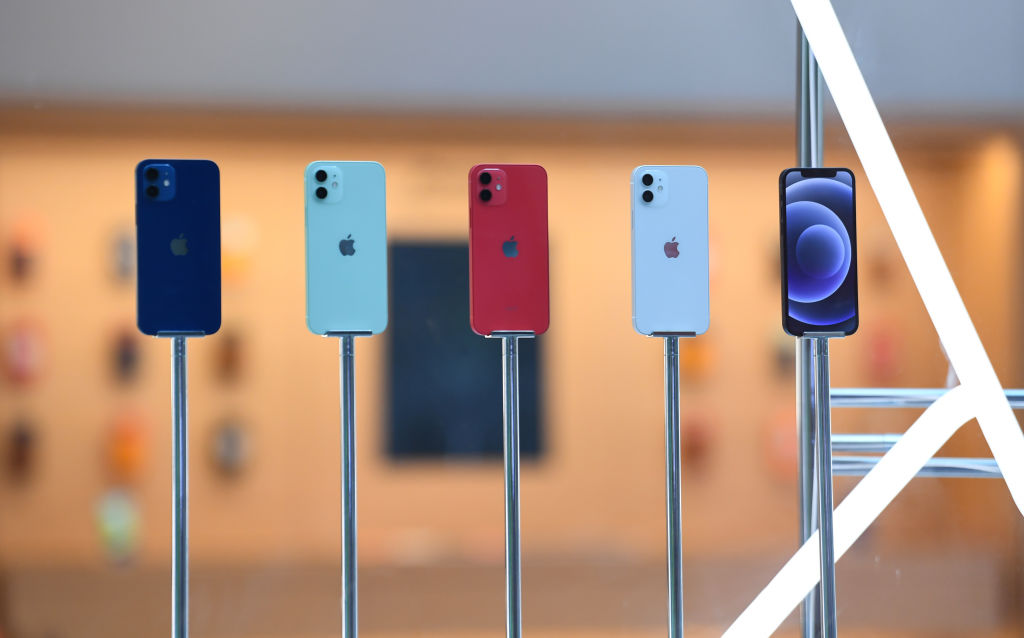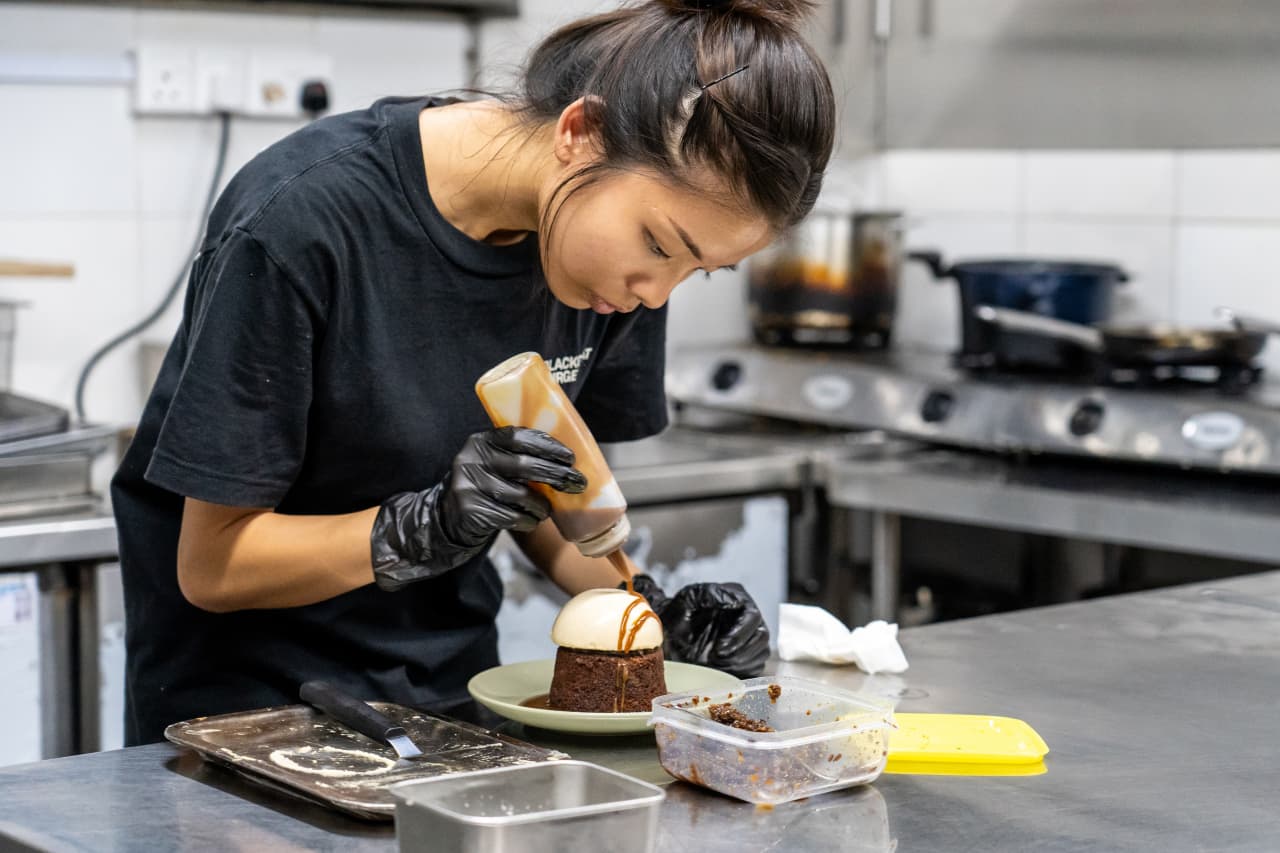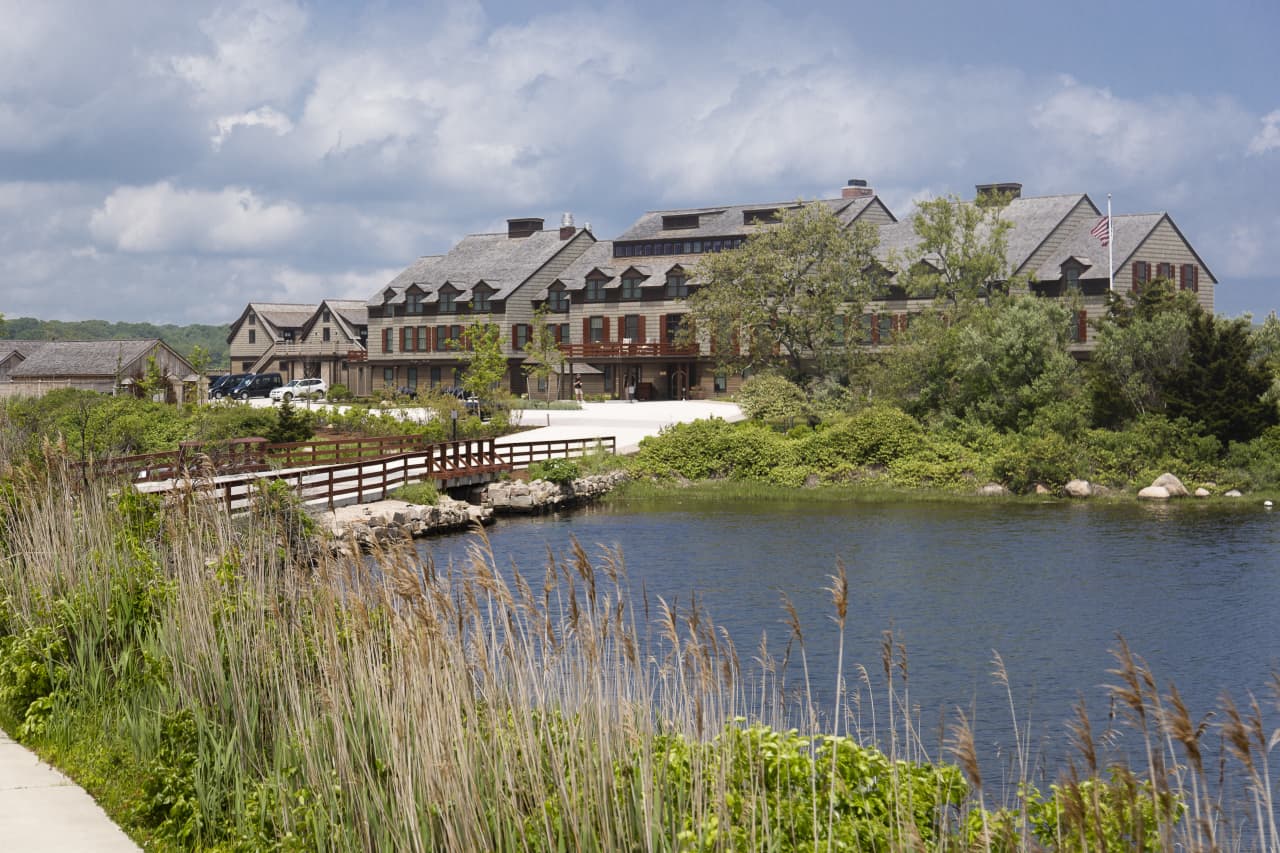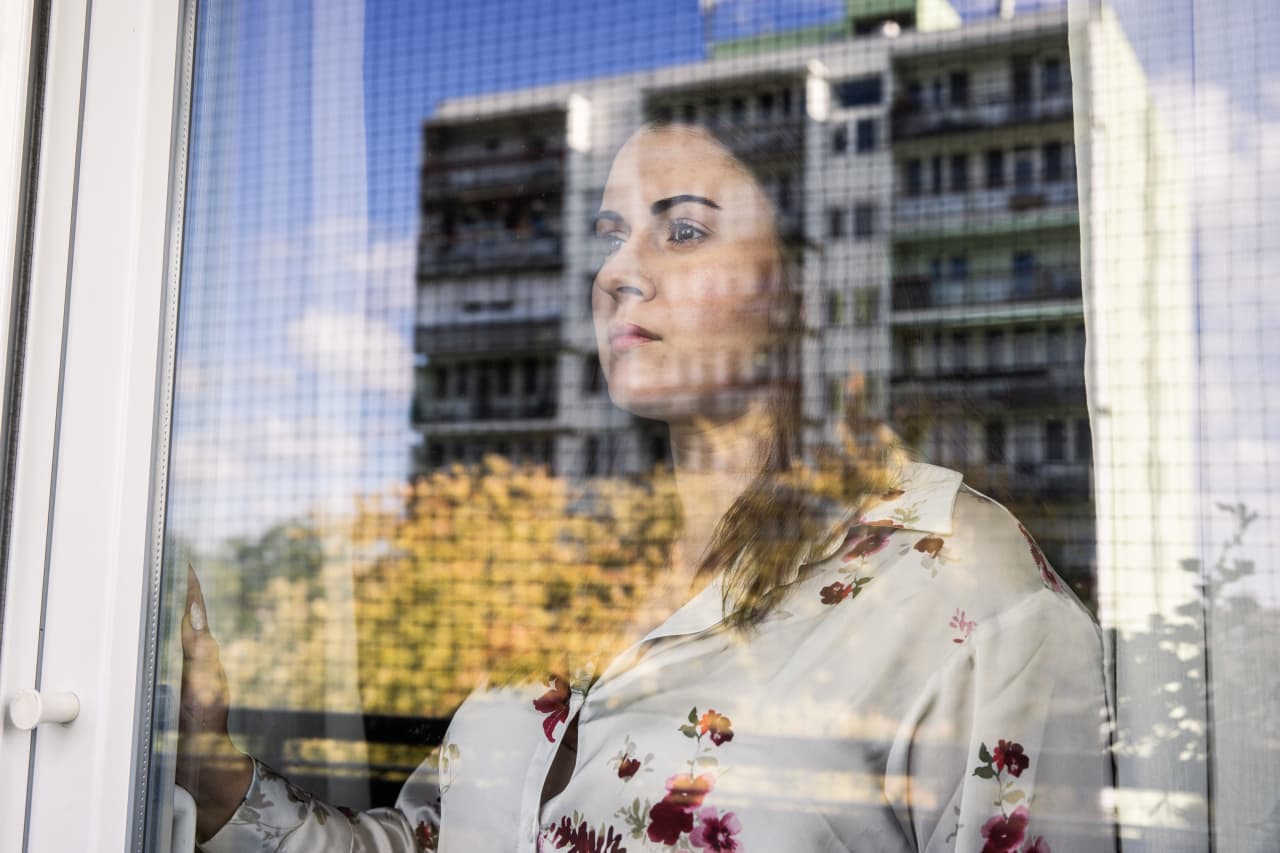The Apple Gadgets You Should—and Shouldn’t—Buy Right Now
The annual Do/Don’t Buy list is here.
Regular readers should have the iPhone No-Buy Rule™ committed to memory. Once June begins, it’s time to stop phone shopping and wait until September for the release of Apple’s new iPhones.
Last year, I expanded that guidance to other Apple products, and I’m glad I did. Things are even more nuanced this year.
First, we’re right on the heels of an Apple April bonanza, where the company launched new editions of products ranging from the iMac to the remote on the Apple TV. Second, earlier this week Apple kicked off its Worldwide Developers Conference with details about iOS 15, iPadOS 15, macOS Monterey and WatchOS 8 coming this spring. The company didn’t announce any hardware, but the software news certainly gave hints of what’s to come.
An Apple spokeswoman declined to comment on any and all future Apple products.
So right now you might want to spend any extra cash on a superyacht or a fully loaded hotdog at the ball game, or just save it for the spring. No matter what, consult my Apple-product Do/Don’t Buy list first.
iPhone
The answer is no. No, not even that new purple one. No iPhone buying right now.
I don’t expect a radically new iPhone this fall, something that triggers what the industry calls a buying super cycle. Last year Apple completely overhauled the iPhone design and added 5G. That means this year we’ll likely see a few key updates while Apple keeps the same overall design.Reports point to a screen with a higher refresh rate and better cameras. Maybe even bigger batteries. (A while back, I suggested looking at the latest Samsung phone for some signs of what’s in store.)
If you don’t care about the cutting edge, why can’t you just buy an older model now? Money, that’s why. Historically, Apple drops the price on popular models as they age out. Last October, the iPhone 11 dropped from US$699 to US$599 and the XR dropped from US$599 to US$499. Sometimes the price drop is even bigger.
Plus, iOS 15, due in about three months, will come free to all iPhones that currently run iOS (iPhone 6S and later). The new FaceTime, notification, messaging and weather features might be enough to make your current iPhone feel fresh and new.
AirPods
It’s been 1,000 years—in Apple years (which are like dog years, only shorter)—since the entry-level white ear sticks have been updated. That seems to be set to change this spring. The next earbuds are expected to have shorter stems, a new case and improved fitness-tracking features, according to a Bloomberg report.
Plus, Apple said that iOS 15 will make the AirPods Pro and AirPods Max easier to find if they are lost. Like AirTags, they will work with Apple’s Find My network and have better alarms to help locate them if they are lost nearby. Noticeably absent were the regular AirPods—more evidence that they are outdated.
What about the AirPods Pro released in late 2019? Those fall into the proceed-with-caution zone. That same Bloomberg report says a new version is in the works but might not arrive until 2022.
If you’re looking for bigger noise-cancelling headphones, you’re fine with the AirPods Max. Those were released last December and aren’t likely to be refreshed soon. But do you really want to spend $899? I’d recommend $300 Sonys instead.
Apple Watch
Apple Watches don’t get redesigns very often: In fact, it’s only been redesigned once in a big way since its launch, and that was with the Series 4 in 2018. We’re due for one in the next year or two, and noted Apple analyst Ming-Chi Kuo has reported that it’s in the works for this year.
Various reports say the next watch could have some new health-tracking features, including glucose monitoring.
Either way, I’d wait until the spring, if only for the price drops. Last year, Apple confused things by introducing two models, the $599 Series 6 and the $429 SE, while dropping the Series 3 price to $299. I even preferred the SE to the 6: most of the features, $170 less. Apple will likely tweak the lineup again, bringing the newer watches to lower price points.
iPad
You’re good to go on the iPads—the regular-size ones, anyway. In April, the iPad Pro got a new screen, M1 processor and some new webcam tricks. The iPad Air was significantly improved last October with a new design, including a fingerprint scanner in the edge.
All of those models and more will also get iPadOS 15 in the spring. I’m excited for the new multitasking controls, which no longer require some sort of “Parent Trap”-like secret handshake to place two apps side by side. The new home-screen layout and Quick Notes look cool, too.
One iPad that you should absolutely not buy? The Mini. Last upgraded—minimally—in 2019, it’s overdue for a real rejuvenation.
iMac
OK, pay close attention, Mac buyers. Lots of nuance ahead.
If you want a beautiful and fast iMac, the new 24-inch iMac, powered by Apple’s M1 chip, gets the green light. I just reviewed it and have loved working on it for the past month.
If you want a replacement to the current 27-inch iMac—something with a bigger screen and more power—hold off. Bloomberg and others report that Apple is working on a chip that’s even faster than Apple’s current M1, and that it will be in this new machine, possibly with an even larger display.
MacBook Air and Pro
That brings us to the laptops. Apple kept the design of the MacBook Pro and MacBook Air but swapped Intel chips for its own M1 chips last November—making them virtually the best laptops out there. They’re fast, but run cool and quiet.
Yet they’re expected to get even better this spring—at least the MacBook Pro is. Reports from Bloomberg, Taiwan’s DigiTimes and Mr. Kuo say that Apple is readying Pro laptops with 14- and 16-inch screens, powered by that faster chip. The update sounds big: new designs plus the return of MagSafe charging and other ports, including my favourite, an SD card slot. Also, you can probably say goodbye to the mostly pointless Touch Bar.
If you really need a laptop for back-to-school season, I’d opt for the cheapest Air.
Apple TV
If you need a new streaming box and aren’t tempted by a more affordable Roku, Chromecast or Amazon Fire stick, Apple just refreshed the $249 Apple TV 4K with a faster processor and new Siri remote.
If your Apple TV is fine, however, and you just want to stop the pain and suffering caused by the old remote, the new one, sold separately for $79, is the must-have upgrade of the year. It’s bigger (so it no longer lives in the couch cushions) and it has a touch-enabled click pad at the top (so you can tell which end is up).
Speaking of media devices, Apple’s $149 HomePod Mini is also safe right now.
As I say every year, if your current gadgets are on their last legs, look to repair what’s broken, or find a deal wherever you can. Don’t pay full price! And just know that in the years to come, like Bill Murray in “Groundhog Day,” I’ll be back saying the same thing, over and over and over again.
Reprinted by permission of The Wall Street Journal, Copyright 2021 Dow Jones & Company. Inc. All Rights Reserved Worldwide. Original date of publication: June 9, 2021
 Copyright 2020, Dow Jones & Company, Inc. All Rights Reserved Worldwide. LEARN MORE
Copyright 2020, Dow Jones & Company, Inc. All Rights Reserved Worldwide. LEARN MORE
This stylish family home combines a classic palette and finishes with a flexible floorplan
Just 55 minutes from Sydney, make this your creative getaway located in the majestic Hawkesbury region.
No trip to Singapore is complete without a meal (or 12) at its hawker centres, where stalls sell multicultural dishes from generations-old recipes. But rising costs and demographic change are threatening the beloved tradition.
In Singapore, it’s not unusual for total strangers to ask, “Have you eaten yet?” A greeting akin to “Good morning,” it invariably leads to follow-up questions. What did you eat? Where did you eat it? Was it good? Greeters reserve the right to judge your responses and offer advice, solicited or otherwise, on where you should eat next.
Locals will often joke that gastronomic opinions can make (and break) relationships and that eating is a national pastime. And why wouldn’t it be? In a nexus of colliding cultures—a place where Malays, Indians, Chinese and Europeans have brushed shoulders and shared meals for centuries—the mix of flavours coming out of kitchens in this country is enough to make you believe in world peace.
While Michelin stars spangle Singapore’s restaurant scene , to truly understand the city’s relationship with food, you have to venture to the hawker centres. A core aspect of daily life, hawker centres sprang up in numbers during the 1970s, built by authorities looking to sanitise and formalise the city’s street-food scene. Today, 121 government-run hawker centres feature food stalls that specialise in dishes from the country’s various ethnic groups. In one of the world’s most expensive cities, hawker dishes are shockingly cheap: A full meal can cost as little as $3.
Over the course of many visits to Singapore, I’ve fallen in love with these places—and with the scavenger hunts to find meals I’ll never forget: delicate bowls of laksa noodle soup, where brisk lashes of heat interrupt addictive swirls of umami; impossibly flaky roti prata dipped in curry; the beautiful simplicity of an immaculately roasted duck leg. In a futuristic and at times sterile city, hawker centres throw back to the past and offer a rare glimpse of something human in scale. To an outsider like me, sitting at a table amid the din of the lunch-hour rush can feel like glimpsing the city’s soul through all the concrete and glitz.
So I’ve been alarmed in recent years to hear about the supposed demise of hawker centres. Would-be hawkers have to bid for stalls from the government, and rents are climbing . An upwardly mobile generation doesn’t want to take over from their parents. On a recent trip to Singapore, I enlisted my brother, who lives there, and as we ate our way across the city, we searched for signs of life—and hopefully a peek into what the future holds.
At Amoy Street Food Centre, near the central business district, 32-year-old Kai Jin Thng has done the math. To turn a profit at his stall, Jin’s Noodle , he says, he has to churn out at least 150 $4 bowls of kolo mee , a Malaysian dish featuring savoury pork over a bed of springy noodles, in 120 minutes of lunch service. With his sister as sous-chef, he slings the bowls with frenetic focus.
Thng dropped out of school as a teenager to work in his father’s stall selling wonton mee , a staple noodle dish, and is quick to say no when I ask if he wants his daughter to take over the stall one day.
“The tradition is fading and I believe that in the next 10 or 15 years, it’s only going to get worse,” Thng said. “The new generation prefers to put on their tie and their white collar—nobody really wants to get their hands dirty.”
In 2020, the National Environment Agency , which oversees hawker centres, put the median age of hawkers at 60. When I did encounter younger people like Thng in the trade, I found they persevered out of stubbornness, a desire to innovate on a deep-seated tradition—or some combination of both.
Later that afternoon, looking for a momentary reprieve from Singapore’s crushing humidity, we ducked into Market Street Hawker Centre and bought juice made from fresh calamansi, a small citrus fruit.
Jamilah Beevi, 29, was working the shop with her father, who, at 64, has been a hawker since he was 12. “I originally stepped in out of filial duty,” she said. “But I find it to be really fulfilling work…I see it as a generational shop, so I don’t want to let that die.” When I asked her father when he’d retire, he confidently said he’d hang up his apron next year. “He’s been saying that for many years,” Beevi said, laughing.
More than one Singaporean told me that to truly appreciate what’s at stake in the hawker tradition’s threatened collapse, I’d need to leave the neighbourhoods where most tourists spend their time, and venture to the Heartland, the residential communities outside the central business district. There, hawker centres, often combined with markets, are strategically located near dense housing developments, where they cater to the 77% of Singaporeans who live in government-subsidised apartments.
We ate laksa from a stall at Ghim Moh Market and Food Centre, where families enjoyed their Sunday. At Redhill Food Centre, a similar chorus of chattering voices and clattering cutlery filled the space, as diners lined up for prawn noodles and chicken rice. Near our table, a couple hungrily unwrapped a package of durian, a coveted fruit banned from public transportation and some hotels for its strong aroma. It all seemed like business as usual.
Then we went to Blackgoat . Tucked in a corner of the Jalan Batu housing development, Blackgoat doesn’t look like an average hawker operation. An unusually large staff of six swirled around a stall where Fikri Amin Bin Rohaimi, 24, presided over a fiery grill and a seriously ambitious menu. A veteran of the three-Michelin-star Zén , Rohaimi started selling burgers from his apartment kitchen in 2019, before opening a hawker stall last year. We ordered everything on the menu and enjoyed a feast that would astound had it come out of a fully equipped restaurant kitchen; that it was all made in a 130-square-foot space seemed miraculous.
Mussels swam in a mushroom broth, spiked with Thai basil and chives. Huge, tender tiger prawns were grilled to perfection and smothered in toasted garlic and olive oil. Lamb was coated in a whisper of Sichuan peppercorns; Wagyu beef, in a homemade makrut-lime sauce. Then Ethel Yam, Blackgoat’s pastry chef prepared a date pudding with a mushroom semifreddo and a panna cotta drizzled in chamomile syrup. A group of elderly residents from the nearby towers watched, while sipping tiny glasses of Tiger beer.
Since opening his stall, Rohaimi told me, he’s seen his food referred to as “restaurant-level hawker food,” a categorisation he rejects, feeling it discounts what’s possible at a hawker centre. “If you eat hawker food, you know that it can often be much better than anything at a restaurant.”
He wants to open a restaurant eventually—or, leveraging his in-progress biomedical engineering degree, a food lab. But he sees the modern hawker centre not just as a steppingstone, but a place to experiment. “Because you only have to manage so many things, unlike at a restaurant, a hawker stall right now gives us a kind of limitlessness to try new things,” he said.
Using high-grade Australian beef and employing a whole staff, Rohaimi must charge more than typical hawker stalls, though his food, around $12 per 100 grams of steak, still costs far less than high-end restaurant fare. He’s found that people will pay for quality, he says, even if he first has to convince them to try the food.
At Yishun Park Hawker Centre (now temporarily closed for renovations), Nurl Asyraffie, 33, has encountered a similar dynamic since he started Kerabu by Arang , a stall specialising in “modern Malay food.” The day we came, he was selling ayam percik , a grilled chicken leg smothered in a bewitching turmeric-based marinade. As we ate, a hawker from another stall came over to inquire how much we’d paid. When we said around $10 a plate, she looked skeptical: “At least it’s a lot of food.”
Asyraffie, who opened the stall after a spell in private dining and at big-name restaurants in the region, says he’s used to dubious reactions. “I think the way you get people’s trust is you need to deliver,” he said. “Singapore is a melting pot; we’re used to trying new things, and we will pay for food we think is worth it.” He says a lot of the same older “uncles” who gawked at his prices, are now regulars. “New hawkers like me can fill a gap in the market, slightly higher than your chicken rice, but lower than a restaurant.”
But economics is only half the battle for a new generation of hawkers, says Seng Wun Song, a 64-year-old, semiretired economist who delves into the inner workings of Singapore’s food-and-beverage industry as a hobby. He thinks locals and tourists who come to hawker centers to look for “authentic” Singaporean food need to rethink what that amorphous catchall word really means. What people consider “heritage food,” he explains, is a mix of Malay, Chinese, Indian and European dishes that emerged from the country’s founding. “But Singapore is a trading hub where people come and go, and heritage moves and changes. Hawker food isn’t dying; it’s evolving so that it doesn’t die.”
This stylish family home combines a classic palette and finishes with a flexible floorplan
Just 55 minutes from Sydney, make this your creative getaway located in the majestic Hawkesbury region.






















